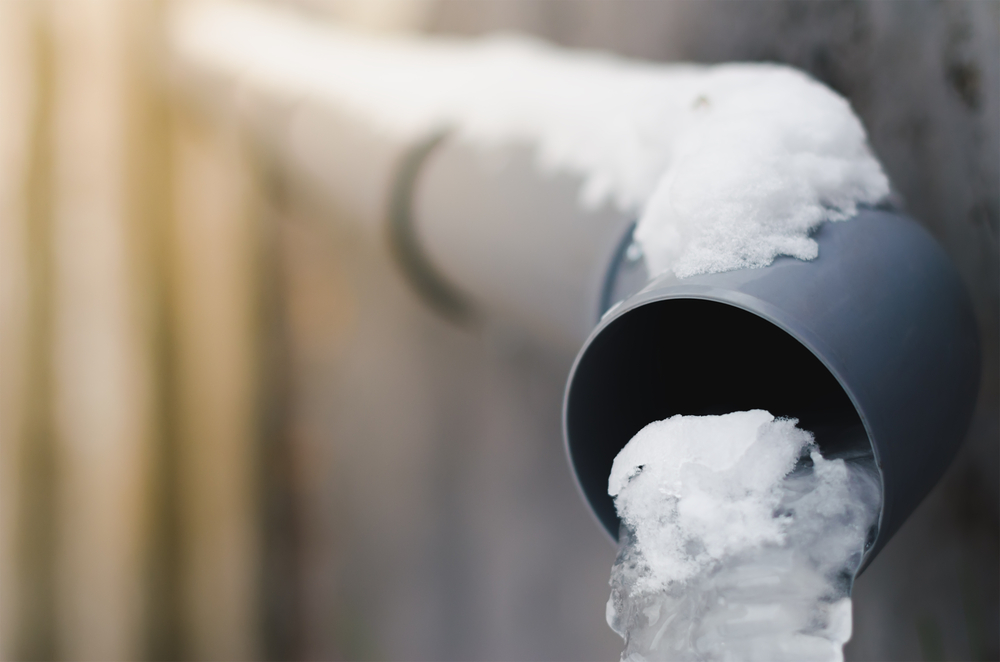Ways to Prevent Frozen Pipes in Winter: Professional Tips
Ways to Prevent Frozen Pipes in Winter: Professional Tips
Blog Article
Were you on the lookout for advise on Prevent Frozen Pipes ?

Cold weather can damage your pipes, particularly by freezing pipes. Right here's exactly how to avoid it from happening and what to do if it does.
Intro
As temperature levels decline, the threat of icy pipes boosts, possibly causing expensive repair work and water damages. Comprehending exactly how to prevent frozen pipelines is essential for home owners in cool environments.
Comprehending Frozen Pipes
What creates pipelines to freeze?
Pipelines freeze when revealed to temperature levels below 32 ° F (0 ° C) for expanded durations. As water inside the pipelines ices up, it broadens, taxing the pipeline wall surfaces and possibly creating them to burst.
Risks and problems
Icy pipelines can cause water disturbances, building damages, and pricey repairs. Burst pipelines can flooding homes and cause substantial architectural damage.
Indications of Frozen Pipeline
Determining icy pipes early can prevent them from rupturing.
Just how to recognize icy pipelines
Search for lowered water circulation from taps, uncommon smells or noises from pipes, and visible frost on exposed pipes.
Prevention Tips
Insulating susceptible pipelines
Cover pipes in insulation sleeves or make use of warmth tape to protect them from freezing temperature levels. Concentrate on pipes in unheated or external locations of the home.
Heating techniques
Maintain interior areas properly warmed, particularly areas with plumbing. Open up cupboard doors to enable cozy air to flow around pipes under sinks.
Protecting Exterior Plumbing
Garden pipes and outdoor taps
Separate and drain yard hose pipes prior to winter season. Set up frost-proof faucets or cover outdoor taps with protected caps.
What to Do If Your Pipes Freeze
Immediate actions to take
If you suspect frozen pipes, keep faucets available to eliminate stress as the ice melts. Use a hairdryer or towels taken in hot water to thaw pipelines gradually.
Long-Term Solutions
Structural modifications
Consider rerouting pipelines away from outside walls or unheated locations. Add added insulation to attics, cellars, and crawl spaces.
Updating insulation
Invest in top notch insulation for pipelines, attic rooms, and walls. Correct insulation aids preserve constant temperature levels and reduces the danger of icy pipelines.
Conclusion
Stopping frozen pipelines needs positive procedures and fast responses. By comprehending the reasons, indicators, and safety nets, homeowners can safeguard their plumbing during winter.
6 Proven Ways to Prevent Frozen Pipes and Protect Your Home
Disconnect and Drain Garden Hoses
Before winter arrives, start by disconnecting your garden hoses and draining any remaining water. Close the shut-off valves that supply outdoor hose bibs and leave the outdoor faucet open to allow any residual water to drain. For extra protection, consider using faucet covers throughout the colder months. It’s also important to drain water from any sprinkler supply lines following the manufacturer’s directions.
Insulate Exposed Pipes
Insulating your pipes is an effective way to prevent freezing. Pipe insulation is readily available at home improvement stores and is relatively inexpensive. Pay close attention to pipes in unheated areas such as the attic, basement, crawl spaces, or garage. Apply foam insulation generously to create a buffer against the cold. You can also wrap your pipes in heat tape or thermostat-controlled heat cables for added warmth.
Seal Air Leaks
Inspect your home for any cracks or openings that could let in cold air. Seal any holes around the piping in interior or exterior walls, as well as the sill plates where your home rests on its foundation. Additionally, make sure to keep your garage door closed unless you’re entering or exiting. Leaving it open creates a significant air leak that can lead to frozen pipes.
Allow Warm Air Circulation
During cold snaps, it’s essential to allow warm air to circulate evenly throughout your home. Leave interior doors ajar to promote better airflow. Open kitchen and bathroom cabinets to help distribute heat consistently around the rooms. If you have small children or pets, be sure to remove any household chemicals or potentially harmful cleaners from open cabinets for safety.
Let Faucets Drip
A small trickle of water can make a big difference in preventing ice formation inside your pipes. When temperatures drop significantly, start a drip of water from all faucets served by exposed pipes. This continuous flow helps prevent the water from freezing. Additionally, running a few faucets slightly can relieve pressure inside the pipes, reducing the chances of a rupture if the water inside does freeze.
https://choateshvac.com/6-proven-ways-to-prevent-frozen-pipes-and-protect-your-home/

We had been brought to that editorial about Winter Plumbing Precautions: Preventing Frozen Pipes from an acquaintance on our other web page. Are you aware of another person who is fascinated by Winter Plumbing Precautions: Preventing Frozen Pipes? Do not hesitate to promote it. We truly appreciate your readership.
Rates Report this page